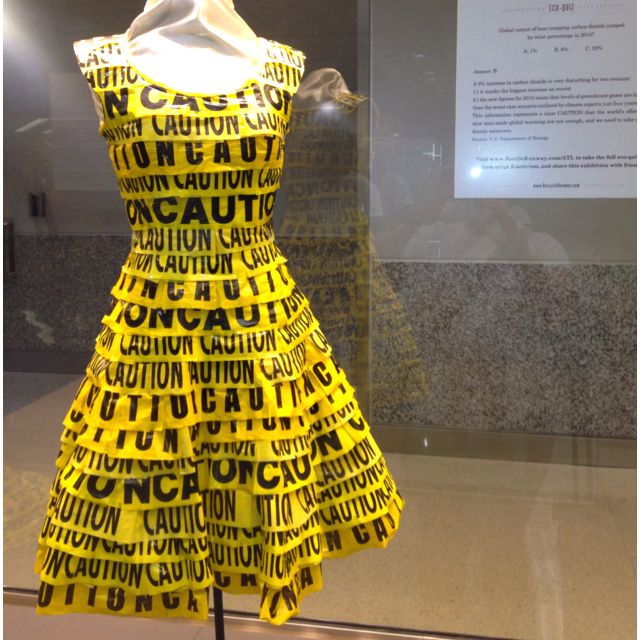The fashion industry is under enormous pressure to take steps to stem the environmental damage caused by it.
Tonnes of used and discarded clothes, shoes and accessories end up in landfills, however, with innovative and creative methods,
about 95 percent of this waste could be salvaged, recycled and reused.
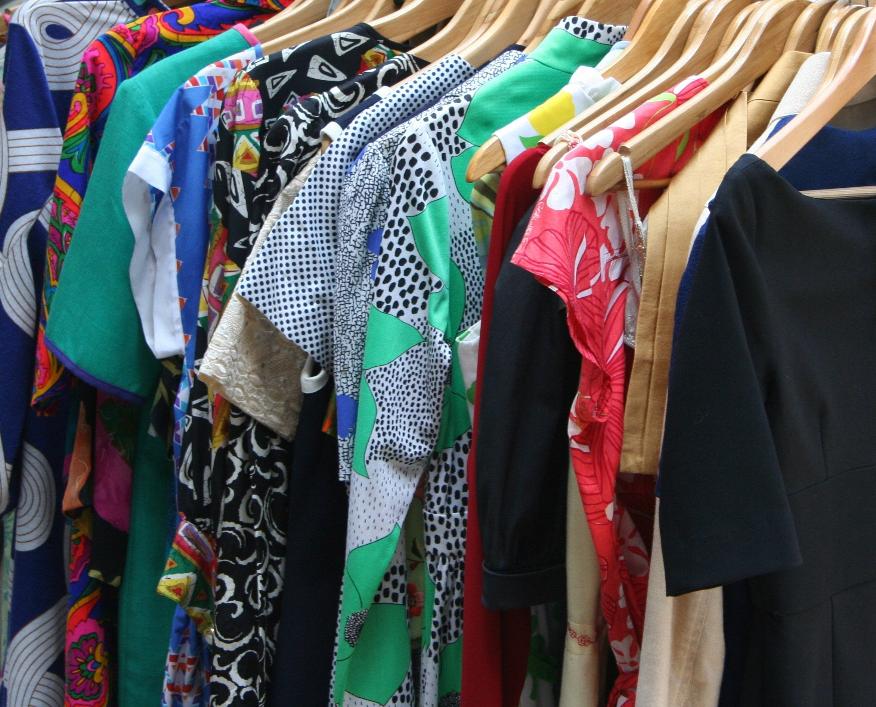
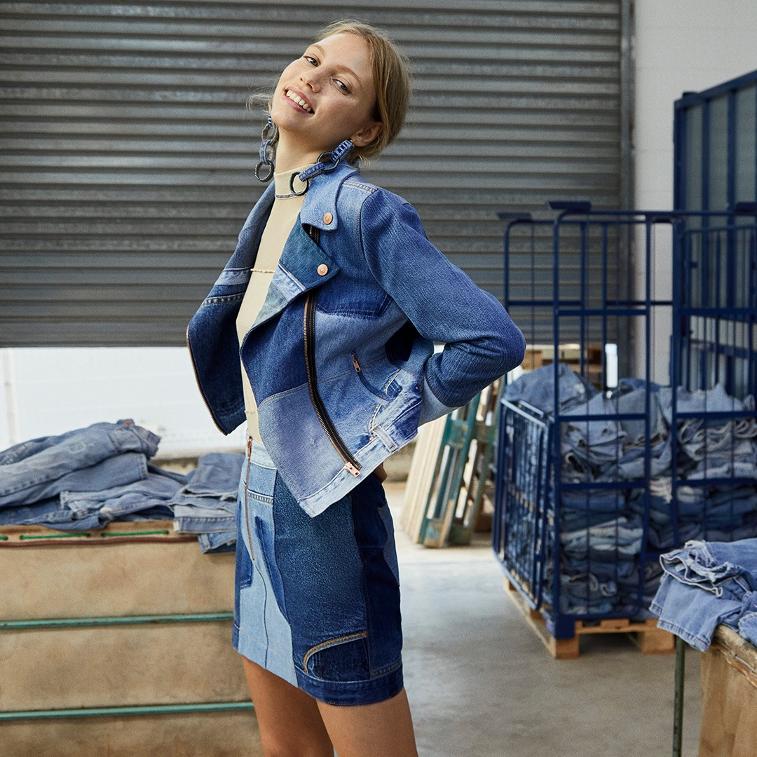
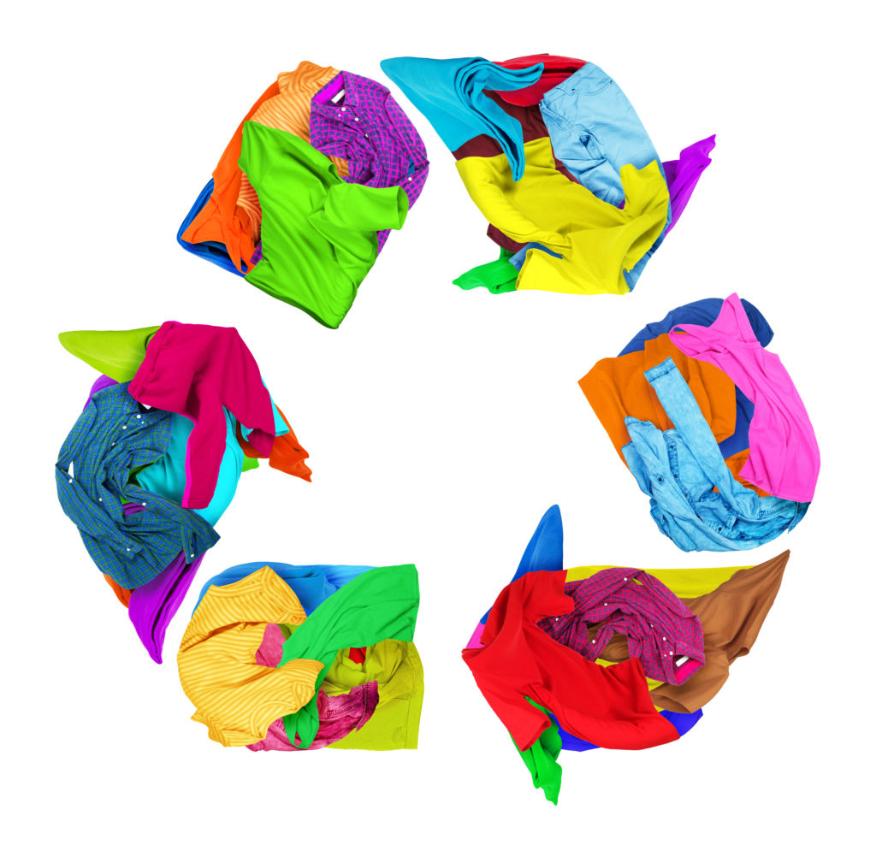
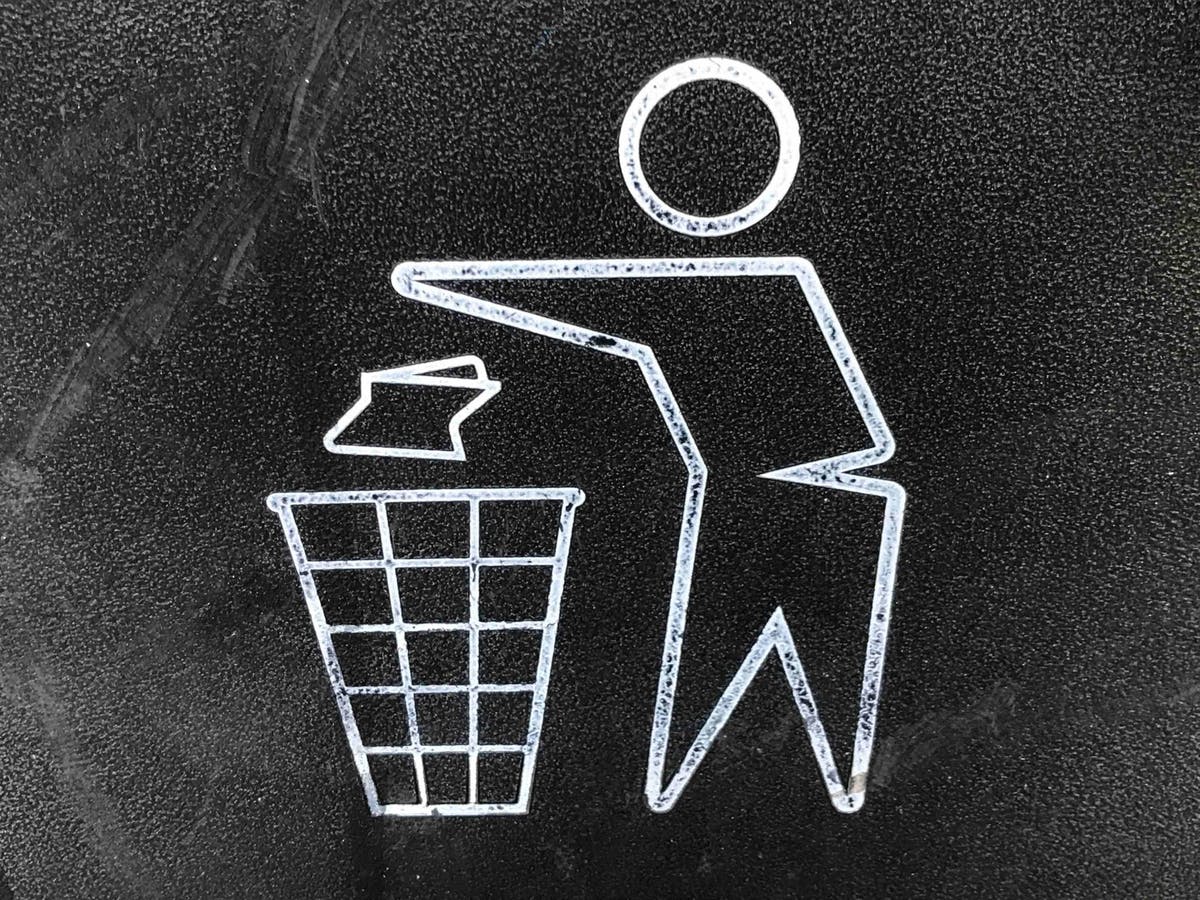
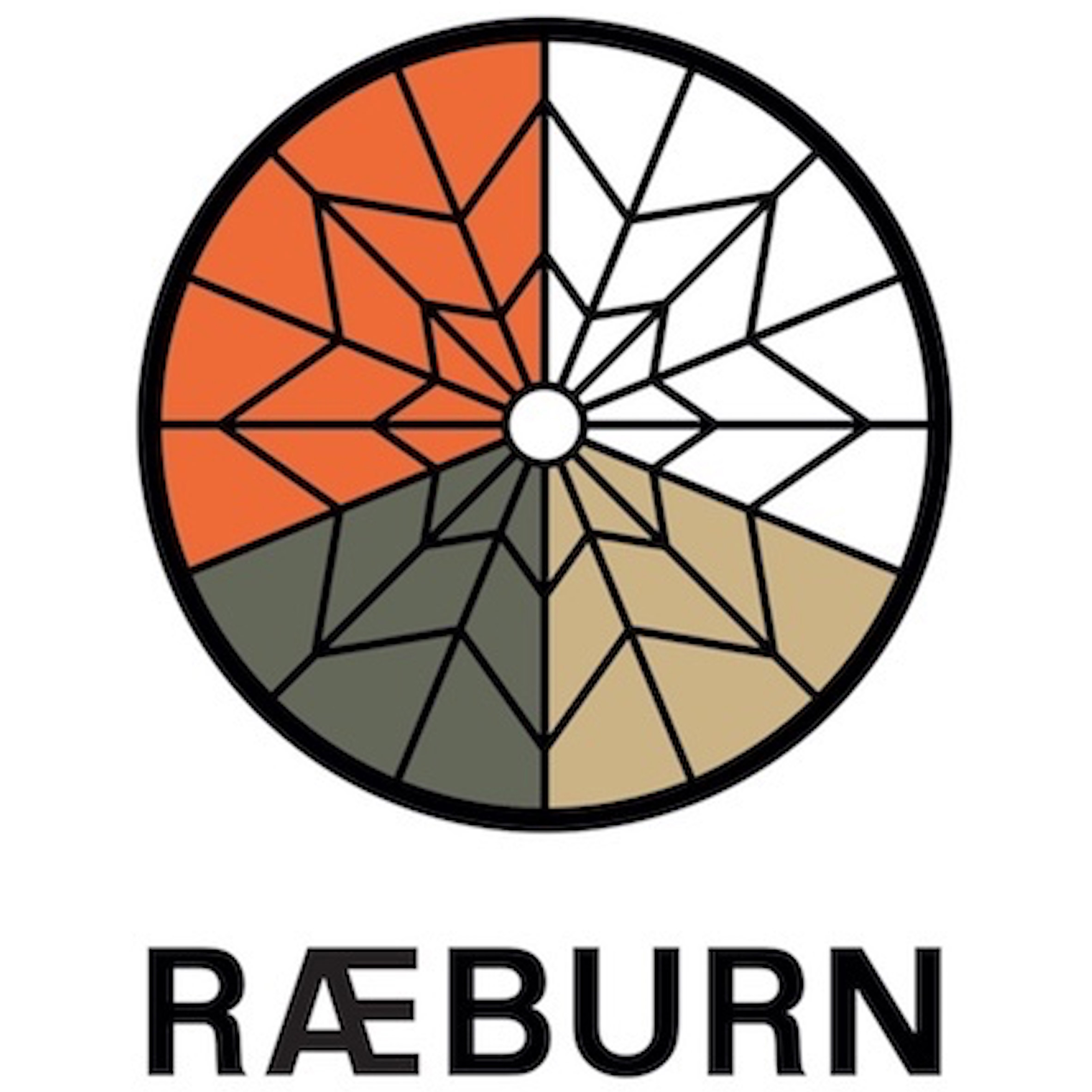

Championing Innovative & Responsible Fashion Design since 2009
RÆBURN is a collaborative, creative fashion studio where daily design meets responsible production, alongside monthly events, discussions and workshops.

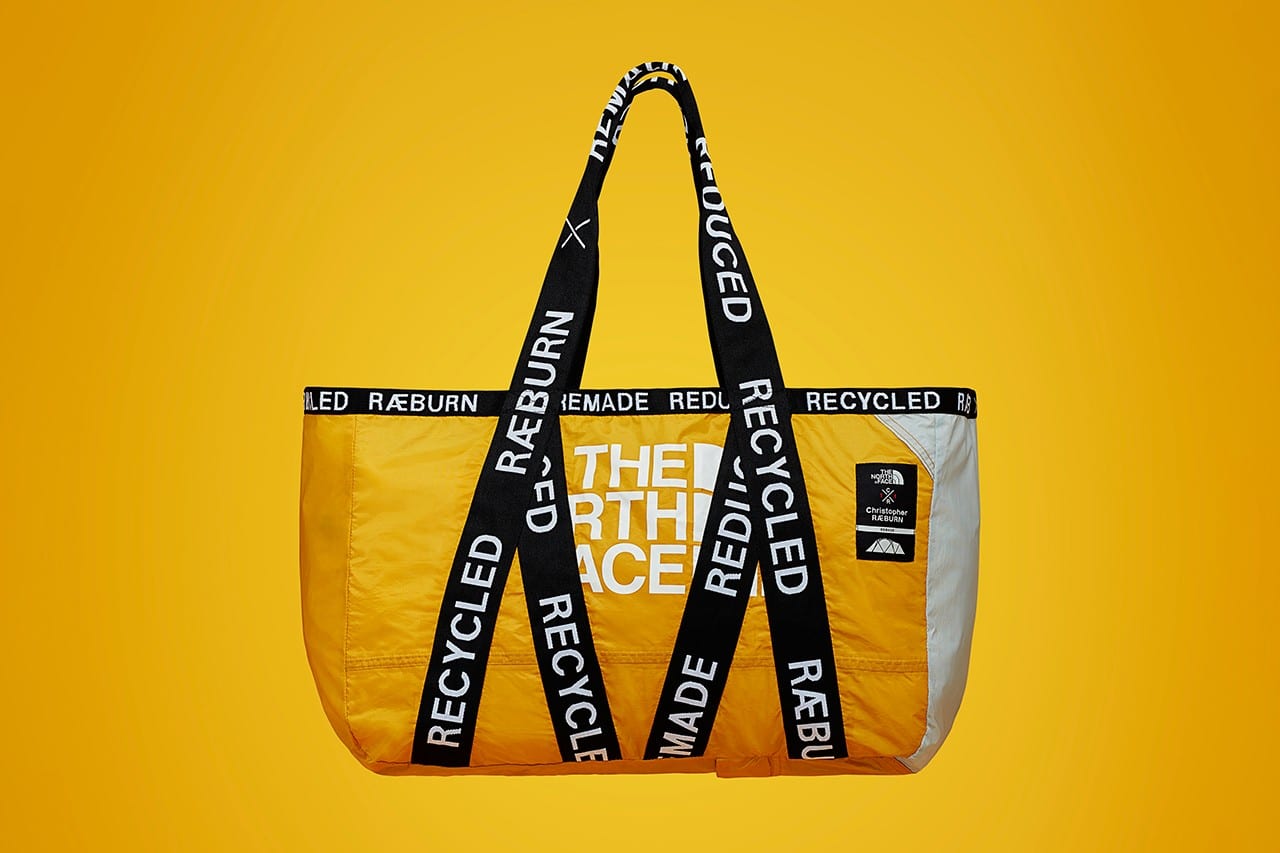
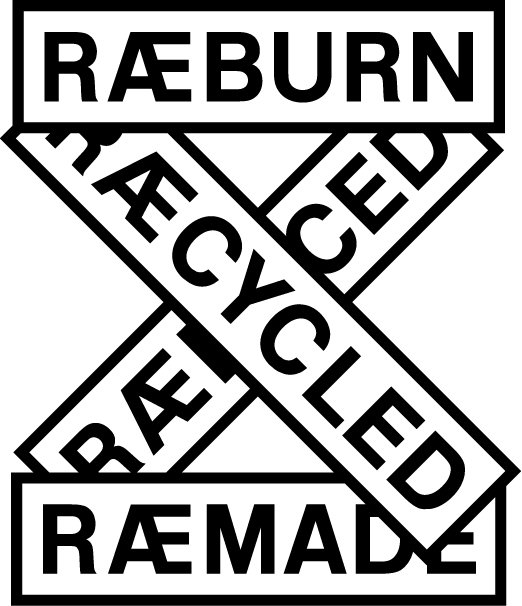
Textile recycling
Textile recycling is the process of recovering fiber, yarn or fabric and reprocessing the textile material
Textile waste products are gathered from different sources and are then sorted and processed into useful products.
Processed depending on their condition, composition, and resale value.
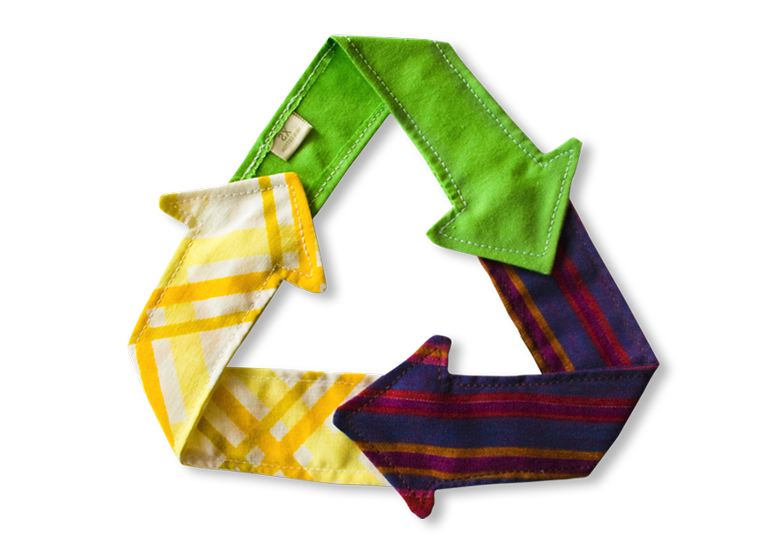
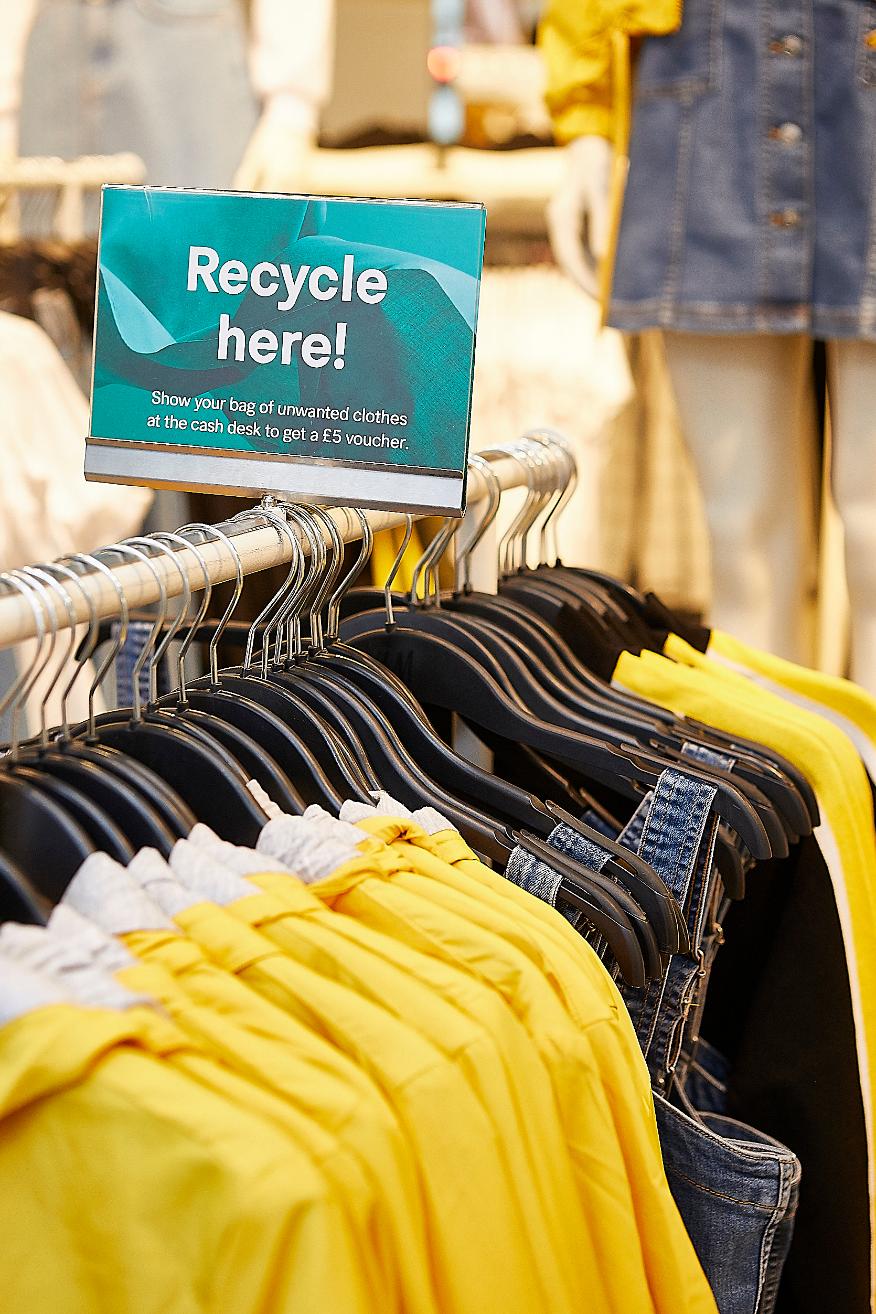
Selling, Donating and Recycling Old Clothing
Textile waste and the fashion industry now cause nearly as much pollution and landfill waste as big oil. Going green with your (clothing) habits is more important than ever, and fortunately, it’s fairly easy to mitigate your personal impact on the environment. Start with addressing how you dispose of old clothes. The average American throws out around 70 pounds of textiles every year. To reduce waste, go through your unwanted clothes and divide them based on condition. Then, try an eco-friendly way to get rid of things rather than throwing them in the trash.
Selling
If you just throw away or donate all of your used clothes, you may be throwing out money. Just because you don’t want to wear that summer dress anymore doesn’t mean no one else does. In fact, someone would probably be willing to pay for it. Name-brand fashion consignment sites are popular online, but there are lots of small, local businesses that sell goods on consignment, too. You give them the clothes you want to sell, they do the work of drawing in customers, and when your stuff sells, they give you a payout. Other online marketplaces, ranging from Craigslist and eBay to Facebook and Instagram, give you the chance to sell used clothing directly. It’s a little more work, but you keep all of the profit.
If you don’t need any extra pocket money, you can still put your unwanted clothes to work for you. Hang out with your friends and update your fashion for free by having a clothing swap. Clothing swaps give you and your friends a chance to put together fresh looks without reaching for your wallets. Your fabric goods go somewhere they will be used and appreciated, and you provide the same service for your friends. Everyone wins, including the environment.
- The Apparel Industry’s Environmental Impact
- How to Organize a Clothes Swap
- How to Make Money Selling Your Clothes at a Consignment Shop
- 13 Best Apps and Websites to Sell Clothes Online
- Selling Clothes on Instagram
Donating
Technically, you can donate clothes in any condition, but that doesn’t mean everything will land on thrift shop racks. Clothing that looks like new or that has minimal stains, wear, or stretching may be sold. Your badly used clothes, however, will probably go straight to the dump. Private consumers aren’t the only ones who put fabric goods in the trash: The thrift shop throws out clothes, too. Ultimately, the better the condition, the better the chances charities can put your donation to good use.
Look around for donation centers, and remember to check online for mail-in options. While Goodwill and the Salvation Army are popular and easy to find, you may be surprised how many other groups run thrift stores to boost revenue. Even animal shelters sometimes accept clothing donations.
- Laundry Tips Before You Donate Clothes
- How to Donate Clothes to Charities
- What Happens to Your Salvation Army Donations?
- What Really Happens to Your Donated Clothing?
- Tips to Get the Best Tax Deductions on Donated Items
Recycling
The sad fact is that your textile recycling options are the most limited. Right now, you may have one or two collection centers in your area if you live near an urban center, but rural recyclers will have a greater challenge giving their heavily worn clothes a second life. Keep in mind that recycling clothing is much more difficult than recycling plastic, aluminum, or even paper waste. Some of your recycled clothes will go to overseas markets, and some will live on as shredded insulation or mattress filling. Still, some may end up in the dump, even if you deposit it with a reliable recycling agency. There is just too much fabric waste and not enough demand for it.
This is where upcycling can come into play. Upcycling delays a trip to the landfill saves you money and reduces your personal textile consumption. It’s a reliable way to stretch the use of old clothes a little further and ultimately send less fabric to the dump. A little creativity goes a long way; your old tees, jeans, and dresses can become household cleaning tools, fresh accessories, toys, or even new garments! Cut up the grungiest old clothes to use as cleaning rags. Socks make fantastic dusting mitts. Use pieces from that stained dress or suit to create soft toys, quilts, panel skirts, scarves, book jackets, decorative pillows, and much more. You can find plenty of great fashion suggestions online. Upcycling is only limited by your imagination, determination, and inspiration.
